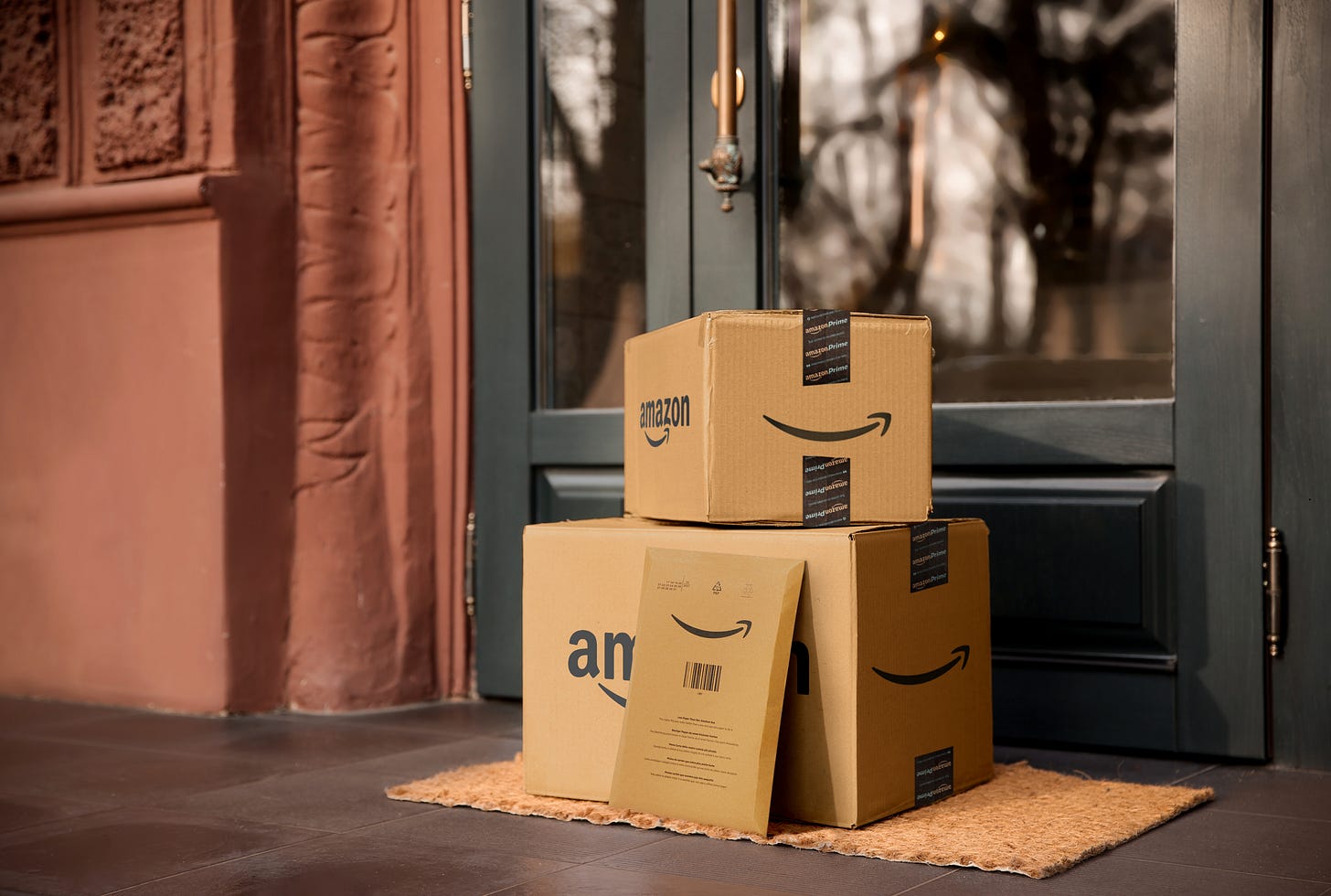Amazon Prime Day tips for savvy shoppers: Prepare, compare, don't despair
Amazon Prime Day 2025 kicks off next week. It has traditionally been a two-day event. This year, it stretches across four days for the first time.
From July 8-11, Prime members will be offered plenty of juicy deals and discounts across a slew of products — tech, clothing, footwear, home appliances, beauty, baby and pets. But maybe savvier deal hunting this time around will require shoppers to not immediately jump at those enticing “Lightning deals” but to show some restraint and do their research.
Nipping on Amazon’s heels are Walmart WMT 0.00%↑ and Target TGT 0.00%↑ . Both retailers are running their own competing sales events to Prime Day, beginning next week, that will also run for a couple of days.
But as this summer sales bonanza, dubbed “Christmas in July,” gets underway, retail industry watchers expect ongoing consumer concern over tariffs, the economy and global events to weigh on how households shop overall this year, and specifically during events such as Prime Day.
“Right now, the economic headlines are all over the place, and consumers are rightfully feeling uncertain. Both household heads and business owners depend on some level of predictability to make spending and saving decisions, and when things are frequently changing, it’s hard to make any predictions,” Elizabeth Renter, senior economist with NerdWallet, said in a recent note.
“As we wait to see the full impact of tariffs on prices, this uncertain sentiment could trigger reduced consumer spending,” she said.
On July 9, President Donald Trump's 90-day pause on 'Liberation Day' tariffs expires. When that happens, the US could reinstate steep double-digit tariff hikes on its trading partners, including China. This could raise prices both online and in store of all kinds of imported products that shoppers buy every day.
How will this backdrop influence shopping behavior in the days and months ahead?
"In keeping with the trend of recent years, we’ll see categories such as household goods, health, personal care, and beauty continue to gain ground with Prime Day shoppers looking to stock up on everyday essentials,” Emarketer principal analyst Sky Canaves, said in a recent note.
Popular deals on electronics, one of America’s top imports, will be highly sought after, too.
“We can expect to see some of the most popular deals on consumer electronics, since buyers will be on the lookout for bargains and to avoid potential tariff-driven price increases later in the year,” Canaves said.
Huseyn Abdulla, assistant professor with the Department of supply chain management at the University of Tennessee’s Haslam College of Business, has been studying how retailers have adjusted their inventory strategies this year in response to tariffs.
He expects retailers, including Amazon AMZN 0.00%↑ , will use the upcoming summer sales events to clear through inventory that they had imported several months ago and put the most emphasis on what he called “fast-moving” products that consumers are most likely to stock up on because they expect tariff and inflation-triggered higher prices on those items.
“These are utilitarian purchases, things they definitely need and buy in bulk and will sustain them in the next few months,” he said.
Prime Day is a good indicator of consumer confidence now and in the months ahead, said Abdulla. Last year, the 48-hour Prime Day event pulled over $14.2 billion in spending on more than 200 million items.
“Amazon and other retailers are already thinking about planning for Fall and Christmas,” he said. “Some of the products that are typically fast-moving purchases later in the year, like home décor and toys, are being ordered now from overseas manufacturers. Depending on the signals they get from shoppers during Prime Day and “Christmas in July” sales, they will make these orders based on the robustness of demand and how healthy consumer confidence remains.”
Tips and tactics for deal hunting
As bargain seekers get their lists ready for the post Fourth of July sales events, Abdulla expects to see a few trends emerge.
Retailers will leverage their own branded products and American-made goods as their biggest deals, since these products are less susceptible to the vagaries of tariffs, he said.
Shoppers should be mindful that some deals might look better than they actually are, Abdulla said. Promotions like “Lightning Deals” and Prime exclusive discounts may show a higher "original price" as an anchor, leading to a perception of the deal being better than it actually is.
"Households' discretionary funds are under pressure, so I recommend consumers perform their due diligence," Abdulla said. "Don't accept ads at face value. Use price comparison tools and look for alternatives across various retailers to find the best deals. I expect deals will be scrutinized more anyway, as consumers may suspect that the prices are already 'tariff adjusted.'"
Be prepared for some disappointments as well with the size of markdowns for this year's July sales because tariffs could make it harder for sellers to be very aggressive with discounts, he said.
“I would recommend to consumers to be cognizant of their short-term and long-term needs. Lightning deals induce compulsive shopping behavior because they’re offered for a limited time only,” Abdulla said. “But if shoppers take their time and search more extensively for different options before committing to the first deal, they might find better deals.”
The perception of a “deal” is subjective to each person. “Irrespective of how much an item is discounted, think about its short-term and long-term value and use and ask yourself, ‘What is my maximum willingness to pay at this point for this product?’” said Abdulla. “If you see that the price is good relative to your internal reference, it’s probably a good deal.”






